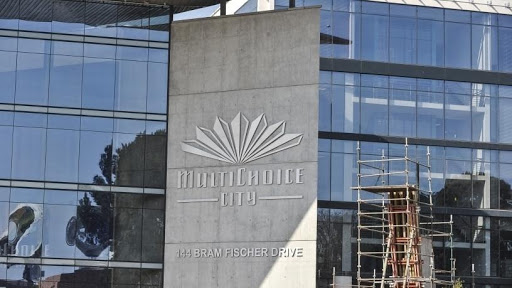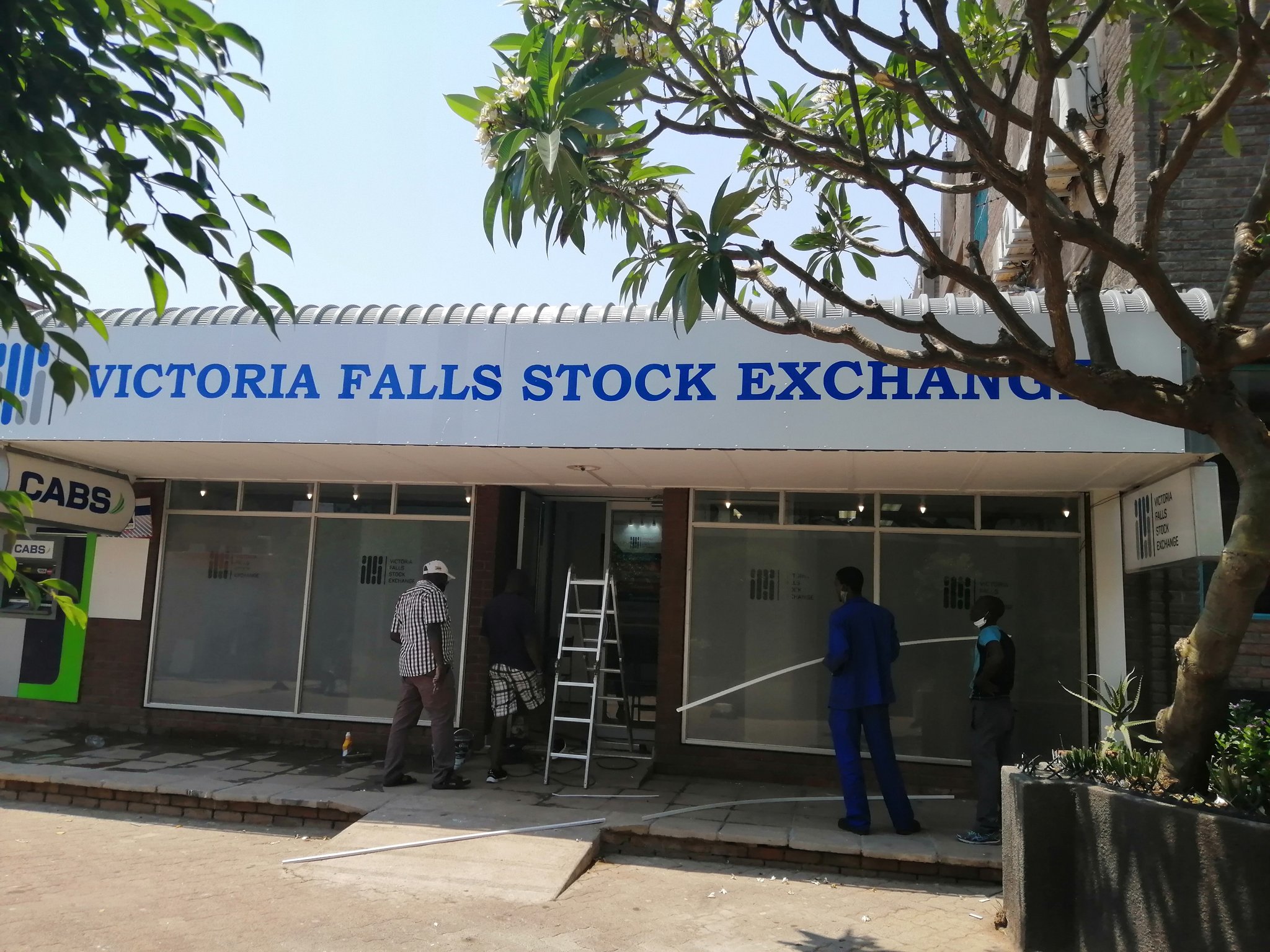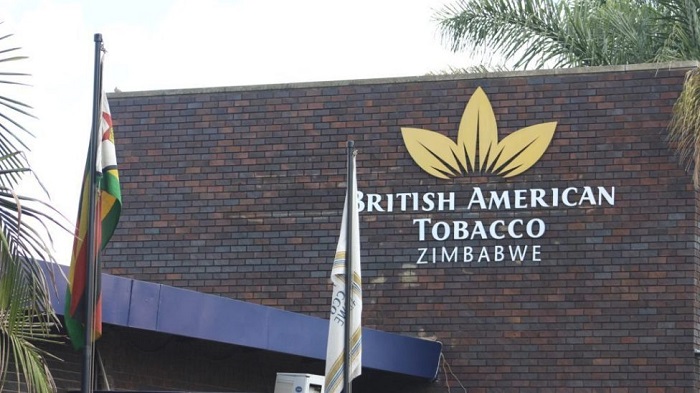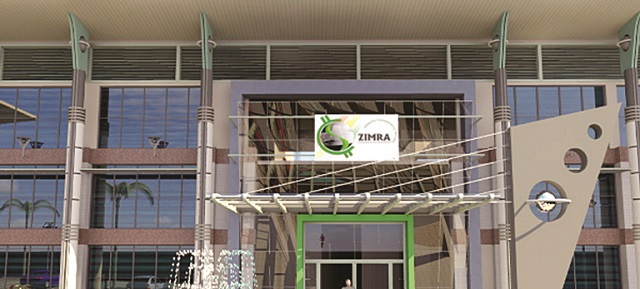Future of tobacco industry bright
The tobacco marketing season progressed well with the average price being firmer by 12 percent as compared to that paid last year
The 2021 tobacco marketing season officially closed on July 14. Senior Agriculture Reporter Elita Chikwati (EC) spoke to Tobacco Industry and Marketing Board (TIMB) chief executive Mr Meanwell Gudu (MG) on the season and the future of the tobacco industry.
EC: What has been your experience as the new chief executive officer of the TIMB?
MG: It has been a busy season, but we have managed to pull through. With my predecessor doing well to grow the industry, my focus now is on improving the viability of growers, ensuring 100 percent compliance to regulations and ensure sustainable tobacco production and good agricultural labour practices.
I endeavour to achieve this with support from the industry.
EC: How can you describe the 2021 tobacco marketing season? Any successes and challenges?
MG: The season has progressed well with the average price being firmer by 12 percent as compared to that paid last year. Generally, the quality of the crop and yields realised for this season have been quite good.
We attribute this to the above normal rainfall, which was received throughout the country.
Challenges: One of the major challenges is the issue of sustainability which has become more prominent in the tobacco industry. Deforestation caused by growers cutting down indigenous trees for curing tobacco has also affected the industry. There is need to plant more fast-growing tree species to supply fire wood for curing tobacco to ensure that 100 percent of the crop is cured from renewable sources of energy by 2025.
There is also need for more research and development of curing systems that can burn coal more efficiently and at the same time reducing the carbon foot-print of coal on the environment e.g. the use of catalytic convertors to reduce carbon emissions from burning coal. The other challenge facing the industry is the reduction of viability of tobacco growers because of high-cost structure of producing tobacco.
The re-tooling rates are generally not pegged on foreign currency auction rates leading to high cost of production.
EC: Do you think you will be able to beat the 200 million kg output target for the2021 season?
MG: We are still hopeful to surpass the 200 million kg target, however, we are seeing a decline in deliveries from small scale farmers. The remainder of the crop is expected to come from commercial farmers who usually bring in their tobacco towards the end of the marketing season.
EC: What are some of the requirements for contractors to be registered?
MG: Contractors have an obligation to support at least a minimum package of inputs set at US$1 000 per hectare and US$4 000 for both small scale and large scale growers respectively. All contractors submit signed stop orders/acknowledgement of debt forms to TIMB as proof that the farmer received the inputs and these should be in-line with the minimum standards/basket approved by TIMB.
All contractors must prepare and sign legally binding contracts with each of the contracted tobacco growers. Either signed hard copies or electronic copies should be submitted to TIMB. Each grower to have a new contract every year.
The minimum standards for licensing include commitments to human and labour rights, safe farm practices, elimination of child labour, sustainable curing fuel, corporate social responsibility programmes and governance practices. TIMB audits all contractors to ensure that they adhere to the agreed standards.
EC: How come some contractors had challenges paying farmers?
MG: Soon after the opening of the 2021 tobacco marketing season, some contracting companies faced system challenges which adversely affected processing of payments to farmers. That issue was discussed with the affected contracting companies and it was agreed that they revert to their old system to ensure timeous payment to the tobacco growers.
TIMB endeavours to ensure all stakeholders involved in the marketing of tobacco do so in an orderly manner to their satisfaction hence continuous monitoring on delayed payment to farmers was carried out throughout the season and correct action taken when need arose.
EC: TIMB was given a mandate by the Ministry of Lands, Agriculture, Fisheries, Water and Rural Resettlement to transform the tobacco value to chain to a US$5 billion industry. What strategies have you put in place to ensure you deliver on the mandate?
MG: Following a validation workshop on June 9, on the Tobacco Value Chain Transformation Plan by key stakeholders in the industry, it was noted that the incorporation of the recommendations and issues arising from the thematic areas into the final document, Strategic Policy Planning and Business Development, be completed mid-June 2021. Then followed by a presentation of the final Plan to Cabinet Committee for further comments and approval by mid-July 2021 then finally the launch of the Plan by August 2021.
TIMB is also in the process of restructuring to ensure that when the Strategy is adopted, we also have the capacity to roll out our plans to meet the set targets by year end 2025. Government has announced that the tobacco sector will be supported by a US$60 million facility to capacitate local tobacco industry in line with localisation of tobacco funding.
EC: Zimbabwe exports unprocessed tobacco. How much money is the country losing by exporting unprocessed tobacco?
MG: The global tobacco market was valued at US$849,09 billion in 2019 and grew to US$878,35 billion in 2020 and is projected to reach US$1,08 trillion by 2027. Zimbabwe’s dilemma is that while it is the fifth largest producer of flue cured tobacco in the world, the country earns a fraction of the global tobacco market value.
Zimbabwe still earns a paltry 0,17 percent of global tobacco value when it produces 7 percent of world production instead of earning 7 percent of US$878,35 billion (global tobacco value) which translate to US$61,48 billion.
EC: What are you doing to promote value addition of the crop locally?
MG: Value addition of tobacco presents an opportunity since less than 2 percent of total tobacco produced is manufactured into cigarettes. The Zimbabwe tobacco industry has a potential value of US$15 billion from cigarettes export, yet currently, US$ 0,9 billion is realised from leaf exports. There are seven cigarette manufacturing companies operating in Zimbabwe.
In 2019, a total of 3,1 billion cigarettes were manufactured in Zimbabwe, and over 1,8 billion sticks were exported. The shortage of foreign currency needed for recapitalisation is a huge drawback to the expansion of tobacco production and processing. Most of the equipment used is outdated and requires a lot of upgrading to efficiently work at minimum running cost. There is need to create an enabling environment for value addition through the establishment of an Export Fund for exporters and offering export incentives and favourable foreign currency retention thresholds.
Opportunities exist in investing in production of reduced risk products within smokeless tobacco and heated tobacco (nicotine liquids). Total global Niche tobacco value is predicted to grow from the current US$52 billion in 2020 to US$81 billion in 2024.
Tobacco farmers could invest into end tobacco use product processing e.g. pipe tobacco (shisha) or packaged fine tobacco for roll your own cigarettes.
EC: Contract farming has threatened the existence of auction floors. What should be done to ensure the auction system survives?
MG: Tobacco growers who sell through the auction floors are self-funded, they support their own tobacco production until they sell on the market. With the limitations on access to funding from the banks because of lack of collateral most farmers are now opting for contract farming.
That is why tobacco sales on auction floors have declined. However, there are plans to keep the auction system running. In order to achieve that, there are plans to ensure farmers have access to more funds at their disposal, with the Government offering that support through the recently launched Agriculture Finance Corporation (AFC) and TIMB also rolling out the Tobacco Input Credit Scheme (TICS) to capacitate the farmers.
EC: How did the industry cope with Covid-19?
MG: The 2021 season ran during the Covid-19 period which has become the new normal, this meant that the regulations put in place at the onset of the marketing season had to be monitored to ensure everyone complies. All stakeholders participating in the marketing of tobacco are still being encouraged to get vaccinated in order to protect themselves and those around them.
EC: What is the future of flue cured tobacco in Zimbabwe?
MG: We envision a collective sustainable production of tobacco as the future for tobacco in Zimbabwe. This will entail efficient production of quality tobacco in conditions that limit the impact on the natural environment and that will improve the socio-economic conditions of the people and communities involved in its production in line with the Sustainable Tobacco Production (STP) standard produced by the global cigarette manufacturing companies.-herald.cl.zw









